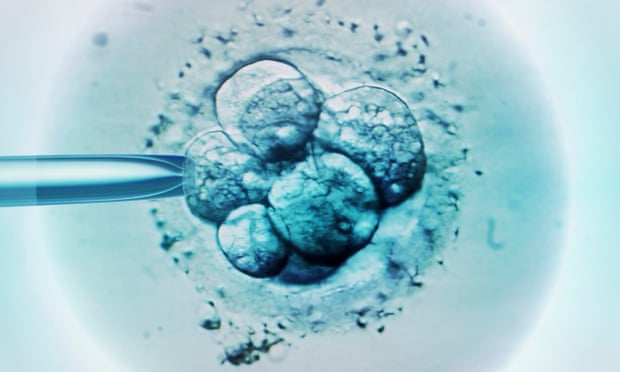Russian ‘CRISPR-Baby’ Scientist has Started Editing Genes in Human Eggs with Goal of Altering Deaf Gene
By David Cyranoski,
Nature
| 10. 18. 2019
Russian biologist Denis Rebrikov has started gene editing in eggs donated by women who can hear to learn how to allow some deaf couples to give birth to children without a genetic mutation that impairs hearing. The news, detailed in an e-mail he sent to Nature on 17 October, is the latest in a saga that kicked off in June, when Rebrikov told Nature of his controversial intention to create gene-edited babies resistant to HIV using the popular CRISPR tool.
Rebrikov’s latest e-mail (see box) follows a September report in Russian magazine N+1 that one deaf couple had started procedures to procure eggs that would be used to create a gene-edited baby — but the eggs that Rebrikov has edited are from women without the genetic mutation that can impair hearing. He says the goal of the experiments is to better understand potentially harmful ‘off-target’ mutations, which are a known challenge of using CRISPR–Cas9 to edit embryos.
In his e-mail to Nature, Rebrikov makes clear that he does not plan to create such a baby yet — and that his...
Related Articles
By Aisha Down, The Guardian | 11.10.2025
It has been an excellent year for neurotech, if you ignore the people funding it. In August, a tiny brain implant successfully decoded the inner speech of paralysis patients. In October, an eye implant restored sight to patients who had...
By Jessica Hamzelou, MIT Technology Review | 11.07.2025
This week, we heard that Tom Brady had his dog cloned. The former quarterback revealed that his Junie is actually a clone of Lua, a pit bull mix that died in 2023.
Brady’s announcement follows those of celebrities like Paris...
By Heidi Ledford, Nature | 10.31.2025
Late last year, dozens of researchers spanning thousands of miles banded together in a race to save one baby boy’s life. The result was a world first: a cutting-edge gene-editing therapy fashioned for a single person, and produced in...
By Lauran Neergaard, AP News | 11.03.2025
WASHINGTON (AP) — The first clinical trial is getting underway to see if transplanting pig kidneys into people might really save lives.
United Therapeutics, a producer of gene-edited pig kidneys, announced Monday that the study’s initial transplant was performed successfully...




